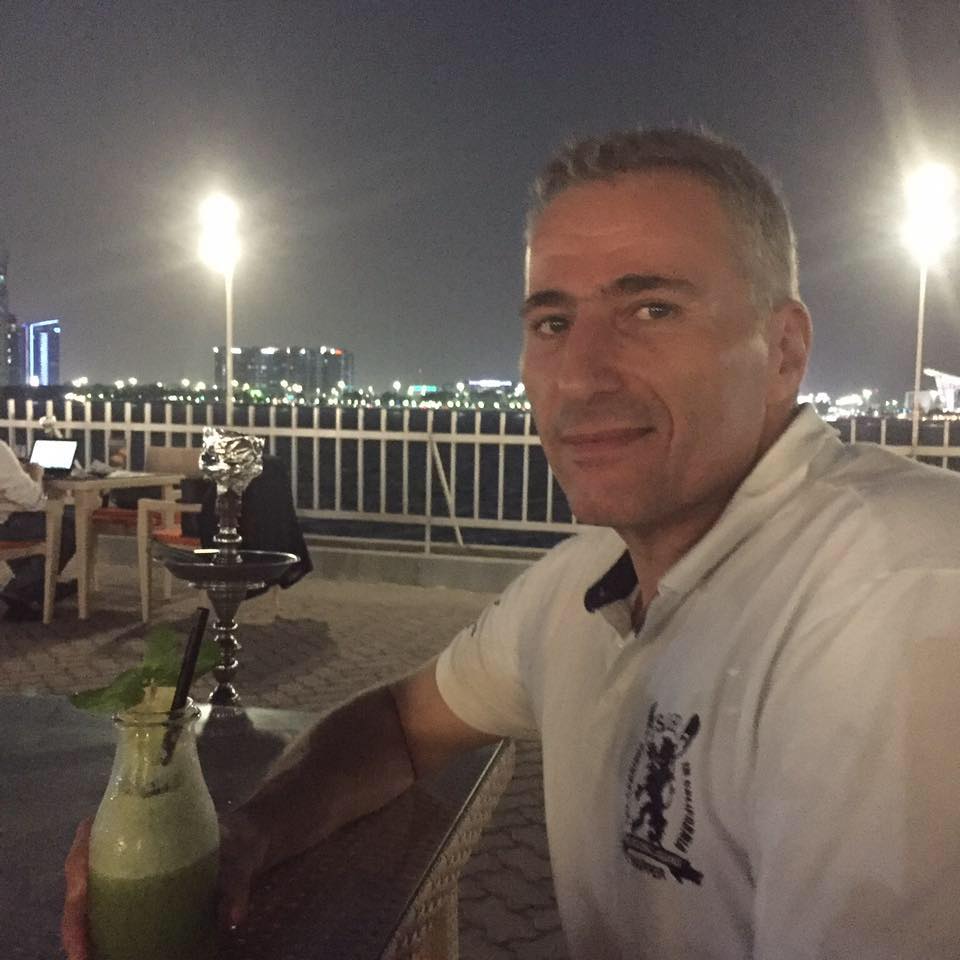Scientific Program

Jassin Hamed
Sheikh Khalifa Medical City, UAE
Title: A holistic approach to managing patients with chronic wounds no disclosures
Biography:
Jassin Hamed is a 43 years old male, married, 4 healthy kids. He works as oil engineer often standing in one position outside in hot surroundings for long hours. He is a patient with longstanding – recently insulin dependent diabetes mellitus – type 2 with diabetic nephron-, neuro, amigo and retinopathy, overweight, arterial hypertension, ischemic heart disease and a diabetic foot ulcer for the past 5 months. He has been seen in multiple medical centers. These commitments were always temporary until short-lasting improvements deteriorated again.
Abstract
In short holistic medicine is the recognition of a patient as a person with a certain medical, psychological, social and private status, who needs to be assessed, analyzed and investigated. Meanwhile a circle of care should be formed according to the needs identified to provide the best of care, support and ultimately the optimal environment for a patient to manage his health and life while healing his chronic wound. The members making up this team are nurses, wound care specialists, podiatrists, orthotic and prosthetic specialists, as well as internists, neurologists and endocrinologists, surgeons – of the plastic, vascular, orthopedic and general surgical divisions. In addition, the interventional radiologists, psychologists, dieticians and social workers are to be included. All wounds start as an acute incident of tissue break down, whether due to external causes – cuts, sheer and tear, pressure or moisture or direct hits, or they are caused by internal causes as septic emboli to the skin, lack of blood or oxygen supply, venous stasis, lack of central nervous control either due to peripheral nerve injury or due to central stroke, as well as organ failure. When this wound cannot be healed within a definite frame of time, it is defined as chronic. It’s very important to investigate the cause of the wound initially, and as important to analyze why this wound became chronic. A wound may be considered a non-healable maintenance wound when the general condition of a patient including his social and psychological status do not allow favorable circumstances to change the wound status into a healable one. Once these indirect factors have been considered, healing is possible. Because the whole patient requires attention to all his problems, which need to be addressed, changed, improved - if possible, now the basis for healing is made. Contrary to the common believe, it is not the care giver, but the patient. The patient himself must be empowered to be able to give an informed consent, to accept treatment including possible invasive interventions, to ask for specific requirements and to work with the team for hidden obstacles to be identified and cleared out of the way.
- Wound Care & Infection Control
- Wound Care Dressing & Ulcers
- Wound Care - Diabetes
- Wound Healing and Tissue Repair
- Wound Care Treatment and Nursing
- Wound Care - Hyperbaric Medicine
- Burns & Advanced Wound Care
- Regenerative Medicine
- Stem Cell Therapy
- Skin Cancer
- Wound Care Management & Therapies
- Wound Care Products

